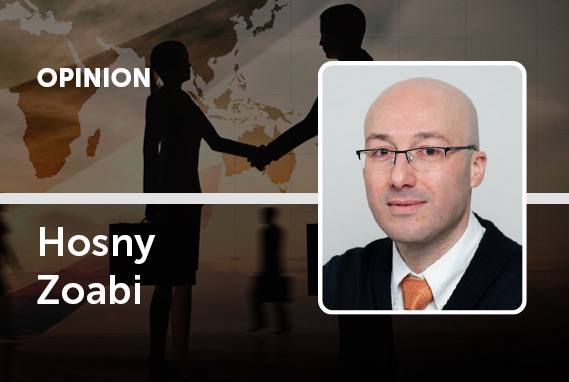
The Royal Swedish Academy of Sciences awarded the Sveriges Riksbank Prize in Economic Sciences in Memory of Alfred Nobel 2023 to Claudia Goldin of Harvard University for her contribution to understanding women’s labour market outcomes. In a column for GURU, NES Professor Hosny Zoabi summarizes his view about her research that is sometimes compared to detective work in terms of their thoroughness and surprising findings.
Over the course of a long, productive career, Claudia Goldin has been studying female labor force participation, the gender gap in earning, income inequality, education and immigration from a historical perspective. Using data spanning more than 200 years Goldin has argued that the evolution of female labor force participation is not monotonically increasing over the course of development but has a U-shaped pattern: it declines before starting a long-run growth. She attributes this pattern to the structural change in the economy from agriculture to manufacturing and then to services. Goldin has also written about technology and human capital complementarity. This complementarity implies that as technology progresses, the reward for skills increases.
Within the gender context, she argues that one of the main drivers for the evolution of female relative earning and female employment throughout history has been the complementarity between capital (machines) and women’s relative skills. Goldin summarized this idea in her 1990 book Understanding the Gender Gap: An Economic History of American Women by stating that “the labor market's rewards for strength, which made up a large fraction of earnings in the 19th century, ought to be minimized by the adoption of machinery, and its rewards for brain power ought to be increased” (p. 59).
Goldin especially focuses on career and family and has shown that during the 20th century it was very difficult for women to combine the two. This has resulted in a high childlessness rate on the one hand and a low education rate for women on the other hand. She has also studied the evolution of women’s education and has focused on the unique phenomenon of the reversal in the gender educational gap, showing that while women received less education than men in the past, they started to surpass men’s education for the cohort born in the 1960s in the US and in many other countries during the second half of the 20th century.
In one of her very influential papers, “From the Valley to the Summit: The Quiet Revolution that Transformed Women’s Work,” Goldin describes the occurrence of sharp changes in labor market expectations, college graduation rates, professional degrees, labor force participation rates, and the age at first marriage. The commitments of many women to higher education, in an environment where it is not possible to combine a career with the family, has led to a delay in marriage and motherhood to push for prosperous careers.
Goldin has also written that today, the gender wage gap cannot be attributed to differences in education, and attributed the differences in earnings between men and women to job inflexibility and the “child penalty.” Moreover, even in countries where we do understand the reasons for income disparities between men and women, most of the difference arises after the birth of a child. Some occupations are still rewarding long work hours and penalizing flexibility. However, Goldin argues that some occupations “have experienced an increase in workplace flexibility” not only due the technological changes but also because of the role of women in shaping these occupations.
However, the Nobel prize in economics is not awarded for a lifetime contribution to economic science, but for one specific distinguished contribution that has made a big difference in science. The committee has awarded Goldin the Nobel in economics “for having advanced our understanding of women’s labour market outcomes”. The committee adds that “she uncovered key drivers of gender differences in the labour market.”
While all the above described contributions are important for understanding women’s labour market outcomes and for pushing the literature into that direction, one unique contribution of Goldin is a series of papers focusing on “the power of the pill”. The pill – the female oral contraceptive – is one of the greatest technological advancements of the 20th century that, according to Goldin, “concerns fundamental change in the lives of women” as it has played a crucial role in the “aspiration and career choice of young women.” The pill has freed women, shaped their choices, and pushed their education and careers forward.
Goldin’s research has made important contributions that have paved the way for research in the field of gender economics. Her research on “the power of the pill” has helped us understand how women’s control over their own bodies has been pivotal for the evolution of women’s labor force participation and shaping the modern economy. It is noteworthy to mention that the spreading of the pills, women's control over child-bearing, women's economic and political rights and women participation in the labour market and in all aspects of life have been coevolving with increasing women's bargaining power inside the family and then the society as a whole. Thus, one should remember the important insights and lessons we have learned from within household bargaining theory for understanding women’s labour market outcomes and gender differences in the labour market and beyond.
Claudia Goldin deserved the 2023 Nobel in Economics. Looking at her long academic path and career reassures that hard work pays. It’s only fitting that this Nobel announcement rewarding work on economic study of women’s issues comes soon after Goldin’s recent working paper “Why Women Won.”
The views expressed in the section "Opinions" do not necessarily reflect the views or positions of the GURU.